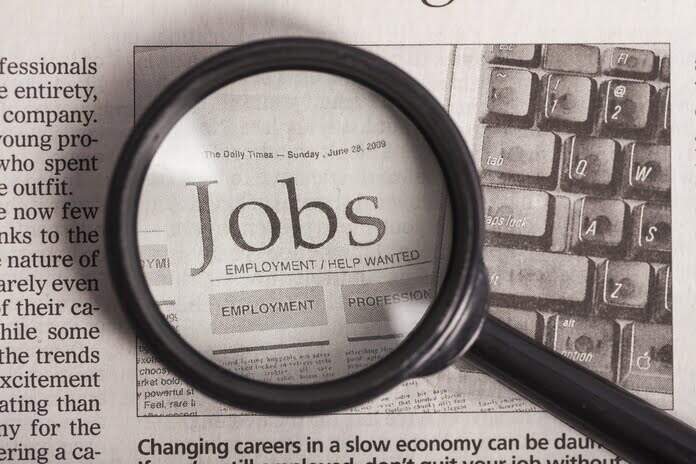The number of Americans filing for unemployment benefits increased slightly last week but continued to maintain historically low levels despite elevated interest rates aimed at slowing hiring and tempering economic growth.
In its report on Thursday, the Labor Department revealed that jobless claims rose by 2,000 to 205,000 for the week ending December 16. However, the four-week average, which provides a smoother representation of week-to-week fluctuations, decreased by 1,500 to 212,000.
In total, 1.87 million Americans were receiving unemployment benefits for the week ending December 9, showing minimal change from the preceding week.
Weekly unemployment claims serve as a gauge for layoffs and have consistently remained at remarkably low levels even amid the backdrop of high interest rates. The Federal Reserve initiated a series of interest rate hikes last year to counter inflation, which surged due to an unexpectedly robust economic recovery from the COVID-19 recession in 2020. The Fed has raised its benchmark rate 11 times since March 2022.
Despite the initial concerns that the U.S., as the world’s largest economy, would slip into a recession as interest rates increased, the economy and job market have proven unexpectedly resilient. The unemployment rate has remained below 4% for 22 consecutive months, marking the longest such streak since the 1960s. While hiring has slowed, it still maintains a healthy pace.
Rubeela Farooqi, Chief U.S. Economist at High Frequency Economics, commented, “The data continue to signal that layoffs remain low. However, demand for workers appears to be easing; job growth remains robust but has moderated, openings have moved lower… That should help rebalance the labor market and take pressure off wages and prices, in line with (Fed) policymakers’ expectations.”
The combination of decreasing inflation and low unemployment has fueled optimism that the Fed is successfully orchestrating a “soft landing” — raising rates sufficiently to curb inflation without triggering a recession.
Featured Image: Freepik @ BillionPhotos

















